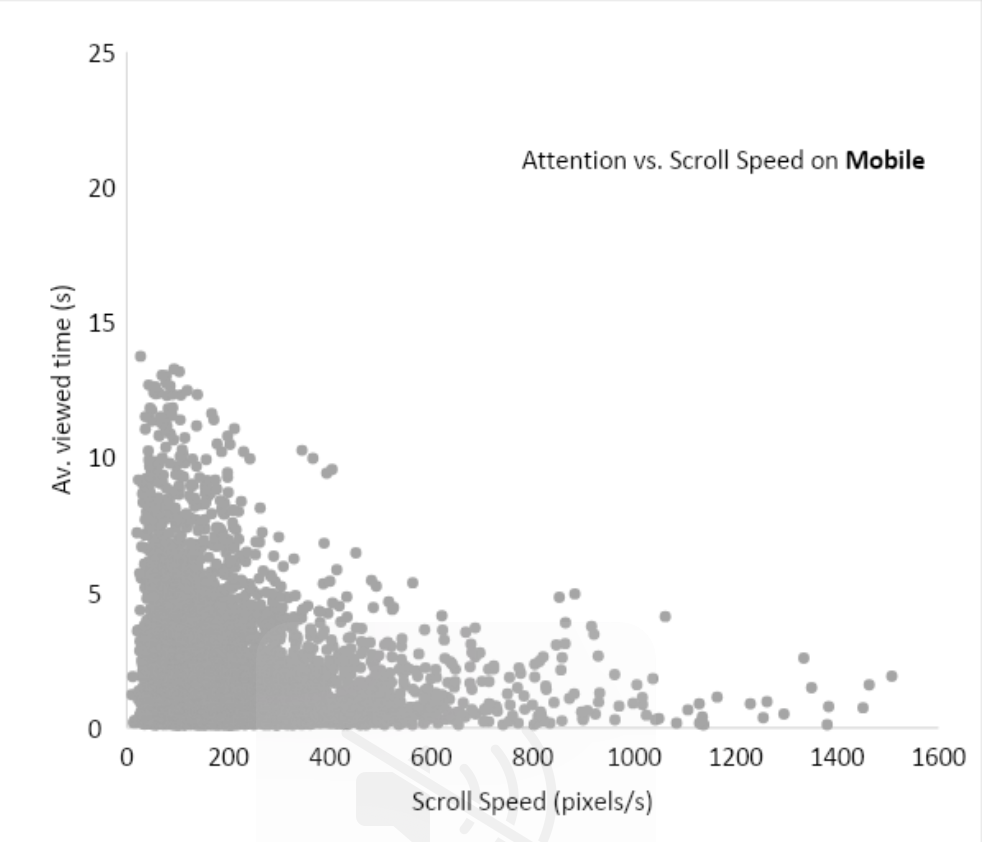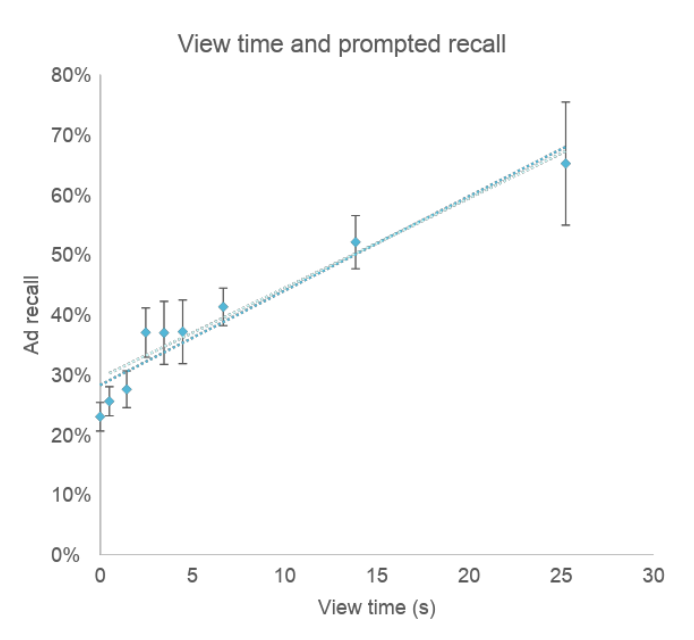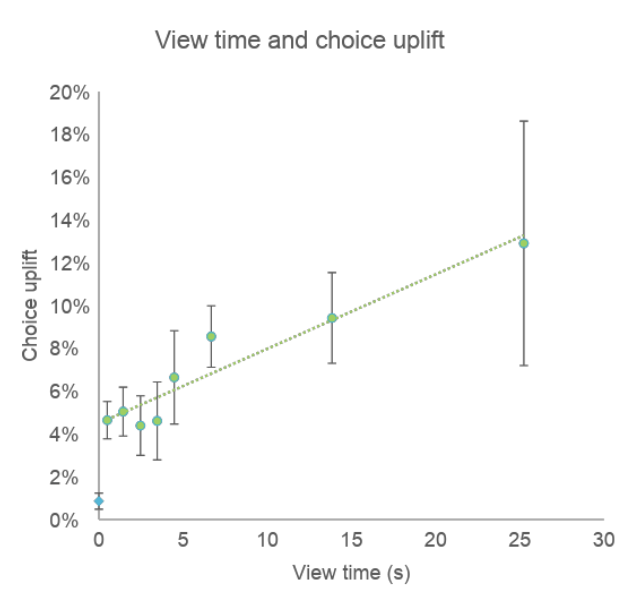3 Strategies for Driving Outcomes with Attention-First Advertising


There is a great deal of discussion about the importance of measuring attention. Attention measurement is valuable, especially considering that only around 70% of “viewable” ads actually get seen. But this is only one step to getting the most out of attention-first advertising. The real thing every advertiser wants is, of course, tangible outcomes.
By integrating attention technology as a layer for your current ad stack, you can unlock new metrics such as view time, attentive seconds, and total time viewed. These raw numbers give you a good indicator of how many people truly viewed an ad, but you don’t want to solely focus on these metrics, either. They are metrics, not objectives.
A good campaign is informed by attention metrics, but not ruled by them. Attention should be viewed as a layer of insight and optimization that can improve the rest of your ad strategy to ensure media effectiveness.
Here are three best practices for ad planning and activation for attention-first advertising that drives outcomes based on the insights from attention metrics:
Attention adds a layer to what ‘reach’ can mean through “attentive reach.” You wouldn’t consider an impression served to an empty room as a successful outcome by any metric. With attention technology, you can understand how many impressions served actually got viewed, and how many went totally unseen.
This gives you a good way to measure the difference between total reach and reach that really drives the attention that makes a difference.

At Lumen, our work with clients has shown that attention is different across channels and ad formats. The context of the ad environment, along with what the ad looks like, is what determines the likelihood someone will see it in the first place.
Factors like ad clutter, the geometry of a webpage (the layout), and even scroll speed all impact attention. For example, we know that younger audiences scroll faster than older audiences. Since Lumen’s research shows that scroll speed is correlated with attention, advertisers can plan on how to drive higher levels of exposure based on age and other specific segments since different browsing habits drive different attention habits.

Lumen’s attention technology reveals one of the most important assets in advertising: view time itself. In most cases, this is low. Most ads should be designed as if they were posters – your audience should understand the message and offer even if they only spend a half-second paying attention to the ad. Clarity is key: view time is a nonlinear journey and there’s no telling what part of the ad that someone will see, so make sure the visual journey is cohesive.

Eye-tracking technology allows advertisers to test creative elements through heatmaps, view orders, and gazeplots before any large-scale ad campaign to ensure you’re always putting your best creative foot forward and, most importantly, to provide an estimate of what level of attention the ad will generate.
Getting more – or better – attention to your ads is great. But what about the outcomes?
Lumen’s data shows that, when people see ads for longer, they’re much more likely to remember the brand and become interested in buying the advertised product. In our effective attention study with dentsu, which covered 4,000+ consumers, we discovered a positive correlation between view time and prompted recall, as well as view time and choice uplift:
Attention technology, by helping advertisers finally understand human behavior behind the screen, can help create a much better on-screen experience, too, for any channel or ad campaign.
On its own, attention is limited, but combined with everything else an agency does, it is incredibly powerful. Attention isn’t the silver bullet – but it ensures that you’re shooting at the right target!